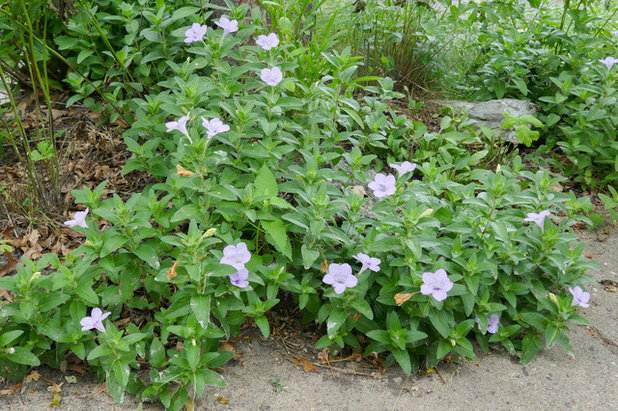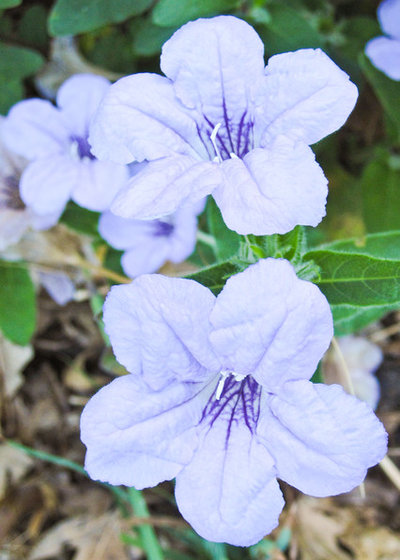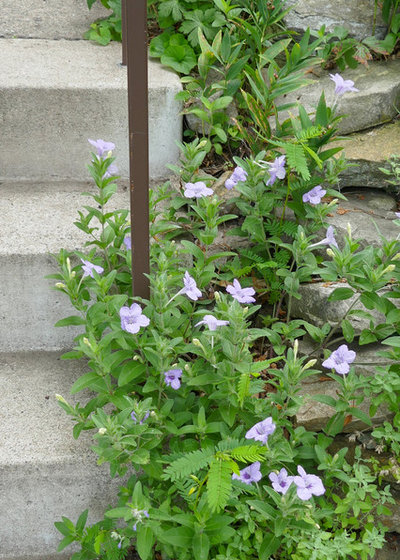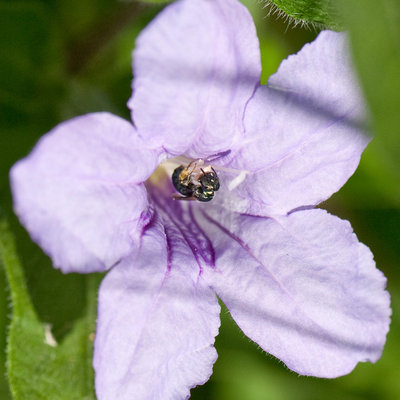Fringeleaf wild petunia (
Ruellia humilis) is a U.S. native perennial found in dry sites in prairies, at the edge of woodlands and in old fields. With its short, compact stature, it can be planted along a sidewalk, path, perennial border or city boulevard. Large, petunia-like lilac flowers open in July and continue to bloom for over a month. If you’re looking for a plant to try in a site with full or partial sun and dry, well-drained soil, I would add wild petunia to your list.

Holm Design & Consulting LLC
Botanical name: Ruellia humilisCommon names: Fringeleaf wild petunia, wild petunia, hairy wild petunia, prairie petunia
Origin: Native to the central and eastern U.S., from Iowa and eastern Nebraska south to Texas and east to northern Georgia and Ohio; rare in Pennsylvania south to eastern South Carolina
Where it will grow: Hardy to minus 25 degrees Fahrenheit, or minus 31.7 degrees Celsius (USDA zones 4 to 6; find your zone)
Typical plant communities: Dry to medium woodland edges, prairies and old fields

Holm Design & Consulting LLC
The lilac-colored flowers are over 1 inch wide.Water requirement: Needs no additional watering once established; thrives in dry soil
Light requirement: Full sun to part shade
Mature size: 1 foot to 2 feet tall and 1 foot wide
Benefits and tolerances: Tolerates dry conditions and tough sites next to hardscaping
Seasonal interest: Blooms in July in the upper Midwest and earlier southward
When to plant: Spring or fall; potted plants available from most nurseries in areas where it occurs

Holm Design & Consulting LLC
Wild petunia is just starting to flower in this boulevard garden next to the sidewalk.Distinguishing traits. Large lilac or light blue flowers resembling petunias open in July and continue for over a month, providing a long period of interest.
How to use it. Fringeleaf wild petunia works well when planted in a perennial border, along a sidewalk, in a boulevard garden or in a rock garden. It likes dry conditions and will not perform well in heavy, moist soil.
Combine it with native perennials that also thrive in dry soil, including partridge pea (
Chamaecrista fasciculata), bluebell bellflower (
Campanula rotundifolia), red columbine (
Aquilegia canadensis), whorled milkweed (
Asclepias verticillata) and hoary vervain (
Verbena stricta).

Holm Design & Consulting LLC
Fringeleaf wild petunia grows in a front yard rock garden next to steps.Planting notes. Fringeleaf wild petunia is easy to grow as long as you plant it in a dry or well-drained site. Mass many plants together to accentuate the flowers while it’s in bloom.

Holm Design & Consulting LLC
A small carpenter bee collects pollen from the flower’s anthers.Pollinator notes. The large, open flowers attract butterflies, moths, flies, and small- and medium-size bees.





